|
Get your kicks on New Mexico's Route 66 National Scenic Byway!
New Mexico has one of the most varied landscapes in the United States, and Route 66 crosses all of its land regions. Enter New Mexico in the Great Plains at the ghost town of Glenrio, where the landscape is flat and grassy. As you reach Tucumcari, the land begins transitioning to the high desert with broad valleys, deep canyons, sharp cliffs, and flat-topped mesas. It is both harsh and majestic. Nearing the middle of the state, you’ll wind through the mountain pass of Tijeras Canyon as you work your way to Albuquerque in the valley below. Nine Mile Hill brings you up from the valley toward El Malpais, the stark lava landscape near Grants. Approaching the Continental Divide, the lava gives way to breathtaking red-hued cliffs. Those beautiful red cliffs keep getting better and better as you pass through Gallup shortly before exiting the state.
Along New Mexico's section of the Mother Road, you will experience the charm of adobe villages in a land heavily steeped in Spanish and Native American culture alongside an eccentric collection of roadside architecture ranging from motels, 50s diners and gas stations, and colorful neon. Discover why New Mexico is known as the “Land of Enchantment.”
A Brief History of the Mother Road
Route 66 spans eight states - Illinois, Missouri, Kansas, Oklahoma, Texas, New Mexico, Arizona, and California - for 2,448 miles right through the heartland of America and the desert Southwest.
Born in 1926, as automobile transportation grew in popularity, there was an increasing demand for an all-weather, year-round route to the West. The creation of Route 66 came from combining pre-existing roads, trails, and popular motoring routes. It ended up winding its way right through the center of every town along the way, earning it the nickname Main Street of America.
coming in droves, and soon they began improving the roadway. By 1938 almost the entire drive was concrete or asphalt. In addition, some of the road sections had been widened and curves straightened. Several changes in the alignment soon followed, shortening and perfecting the route along the way.
Moreover, it facilitated one of the most comprehensive movements of people in U.S history, transforming the "Wild West" frontier into a fast-paced metropolitan area. As a result, every tiny burg and rural town along Route 66 saw an economic boom as it twisted and turned its way past hundreds of cafes, motels, gas stations, and tourist attractions along the way.
Still, as the Interstates were completed and grew in popularity, traffic was no longer there to support the many businesses along the Mother Road. By the 1970s, the Mom and Pop establishments were almost completely gone, leaving empty storefronts and desolate towns ravaged by the lack of traffic. As people began moving away looking for jobs, populations dwindled, leaving ghost towns in their wake. By 1985, Route 66 was decommissioned, stricken from the maps, and the signage removed.
With Route 66s resurgence in popularity, all eight states have marked it again and designated the drive as a State or National Scenic Byway. So it's an exciting time along the Mother Road again!
New Mexico 66
New Mexico has two alignments of Route 66 totaling almost 500 miles.
The current alignment, the route driven after 1937, is about 400 miles long. It runs in a straight line parallel to Interstate 40 and has become I-40 in areas where 66 no longer remains. It is the most common Route 66 alignment driven today.
The Santa Fe Loop - New Mexico's Original Alignment
When New Mexico's section of Route 66 was routed in 1926, it followed the Old Pecos Trail from Santa Rosa to Santa Fe before dipping south to Albuquerque.
That same year, New Mexico's then-governor, Arthur Thomas Hannett, lost his reelection bid. Peeved at Santa Fe's political climate, Hannett set in motion a plan that his political rivals were vehemently against that would eventually become known as "Hannett's Joke." With only one month left in office, Hannett decided to complete the 69-mile missing link of road between Santa Rosa and Albuquerque. Before becoming governor, Hannett had been highway commissioner and commanded much respect and loyalty within the Highway Department for significantly expanding New Mexico's highway system. Using road crews only loyal to him, he placed one crew north of Santa Rosa and another near Moriarty. Hannett's men worked long hours despite instances of sabotage, bitter cold, and snow, even giving up their Christmas holiday. The two crews would meet in the middle when they finished the road. Finally, Inauguration Day arrived on January 1, 1927, and the road was just shy of completion. The new governor attempted to halt the roadwork, but a brutal January storm delayed his engineer, and the road was completed. This new road became New Mexico 6. "Hannett's Joke" shaved more than 100 miles off the drive by bypassing Santa Fe entirely. It officially became part of Route 66 in 1937. Today, the original section of Route 66, only used between 1926 to 1937, is now known as the Santa Fe Loop. Much of it runs parallel to Interstate 25. Outside of Santa Fe and Albuquerque, very few Pre-1937 Route 66 features still exist. Some sections of the roadway are entirely missing, have been integrated into I-25, or are now on private property. Most of what remains are tiny villages with small churches, Pecos National Historical Park, and Pueblos. While I consider the Santa Fe Loop worth driving, I recommend first exploring the current Route 66 alignment. The Best of New Mexico Route 66
Tucumcari
Tucumcari is my favorite town along New Mexico Route 66! Be sure to drive the entire town. It's one of the best.
Route 66 is also known as Tucumcari Boulevard. The two street names are used interchangeably. This caused me quite a bit of confusion when planning my visit, and while there, my GPS didn't always recognize a Route 66 address. Changing the street name to Tucumcari Boulevard would sometimes work, and if the address is already Tucumcari Boulevard, try Route 66.
The dividing line between East Tucumcari/E Route 66 Blvd and West Tucumcari/W Route 66 Blvd is 1st Street. The dividing line is easy to find. La Cita sits on the corner of 1st and Route 66. That's the giant Sombrero hat building.
Blue Swallow Motel - 815 E Route 66 Blvd
The famed Blue Swallow Motel is a True Gem on Route 66 and is widely considered one of the BEST Route 66 Motels. The Blue Swallow is one of the longest continuously operated motels along the New Mexico stretch of the Mother Road. Smithsonian Magazine has named it "the last, best and friendliest of the old-time motels."
The Blue Swallow was added to the National Register of Historic Places in 1993, qualifying under both the transportation and architecture criteria.
Designed in the Southwest Vernacular architectural style, the Blue Swallow Motel is one of the best examples of a largely unaltered pre-war tourist court remaining along Route 66.
Since the late 1990s, the Blue Swallow has undergone extensive restoration work to maintain its historic charm and character while providing the modern conveniences that today's travelers require.
If you only plan to stay at one of the Historic Route 66 Hotels, the Blue Swallow is a must! Check out the Blue Swallow website for more information. You can check room availability rates and book online from there. Motel Safari - 722 E Route 66 Blvd
Back in the day, the Hotel Safari, which opened in 1959 at the height of the Mother Road's popularity, was one of the most popular and modern motels on the Tucumcari Route 66 strip.  The outdoor seating around the Motel Safari's sign is covered with murals of nostalgic commercial slogans. The one directly under Clyde the Camel really gave me a giggle. Boy, times have changed! The outdoor seating around the Motel Safari's sign is covered with murals of nostalgic commercial slogans. The one directly under Clyde the Camel really gave me a giggle. Boy, times have changed!
The Motel Safari was constructed by an independent motel developer in the Googie architectural style, which eventually became Mid-Century Modern. This futuristic architecture, influenced by car culture, jets, the Space Age, and Atomic Age, was famous nationwide from 1945 to the early 1970s. So many of the distinctive futuristic design elements are still visible. You will find the fun geometric neon sign topped with Clyde the Camel, oozing brick mortar and counter stacked bricks, square holes in the cinder block structures, and perforations in metal cylinders that glow like stars at night.
An extensive renovation began on the Hotel Safari in 2007. Much of the original custom mid-century modern furniture has been saved and restored, with newer pieces carefully selected to complement the decor. In addition, modern amenities have been added without sacrificing the motel's historic appearance.
The Motel Safari is one of the premier vintage motels along Historic Route 66. This retro motel is one cool place to stay!
Check out the Motel Safari website for more information. You can make your reservation online from there. Tee Pee Curios - 924 E Route 66 Blvd
Tee Pee Curios is a magical and quirky piece of roadside architecture. I must confess; it gave me a thrill to walk through that teepee door when I visited the store during the day. However, this place also deserves a nighttime visit to appreciate its magnificent vintage neon.
The whimsical neon sign was added sometime in the mid-1960s. It is, in my opinion, one of the best neon signs along Route 66. The sign was one of nine neon signs to be restored during the 2003 New Mexico Route 66 Neon Sign Restoration Project. The neon longhorn skull on the front of the teepee was added about the same time as the restoration.
Did you notice the different spelling of Tee Pee on the sign? Mistake or intentional, no one seems to know. Please leave me a note in the comments below if you discover the answer. La Cita - 821 S 1st Street (Intersection of Route 66 & 1st Street)
La Cita was made famous with a rave review by Duncan Hines. Before Duncan Hines signed over his name for use on boxed cake mixes, he was well known as the first food and travel critic that rated restaurants and motels for travelers. Duncan Hines wrote the book, Adventures in Good Eating, a travel food guide that he updated and reprinted annually from 1936 to 1944.
2003 New Mexico Route 66 Neon Sign Restoration Project. After the sign's restoration, the building was repainted, and these beautiful murals were added.
Tucumcari's West Route 66
Overall the west end of Route 66 in Tucumcari is a little rougher around the edges. Fewer buildings still have businesses in them and more open spaces where buildings have been razed. This is not a complaint. Tucumcari has done an excellent job of cleaning up the derelict falling down buildings, which isn't always the case along Route 66.
Route 66 Museum & Convention Center - 1500 W Route 66
This tribute to the Mother Road was created by artist Tom Coffin and dedicated in 1997. It is located in front of the Tucumcari Convention Center right on Route 66.
The museum is behind the Convention Center. Ranch House Cafe - 1015 W Route 66 Blvd
This café opened in 1952 using the slogan “Good Food Always – Always Good Food.” The building has interesting triangular windows on the side and a triangular-shaped column on the front that, at one time, was a second sign for the restaurant.
The old neon sign on the ground says “Things,” it’s from Things Antiques & Collectibles, was once located in the 900 block of West Route 66. Wall Murals
Murals are scattered throughout the town. Here's a link to the online Mural Map. You can also pick up a mural map at the Tucumcari Chamber of Commerce Visitor Center at 404 W Route 66. If it is after hours for the Chamber office, check at some of the businesses in town. I found mine at the Route 66 Welcome Center and Gift Shop at 901 E Route 66.
Painted by artists Doug and Sharon Quarles, this weathered Tucumcari Tonight mural depicts an old Buick convertible parked in the desert in front of Mesa Tucumcari just outside of town.
During the heyday of Route 66, hundreds of billboards from Chicago to Santa Monica lined Route 66 with the slogan "Tucumcari Tonight," inviting weary travelers to stay in one of their 2000 motel rooms. While that number of rooms later dropped to 1200, and it's less than that now, Tucumcari is still a popular stopping point since it is the largest town between Amarillo and Albuquerque. As a result, "Tucumcari Tonight!" became the most famous slogan along the Mother Road. Self-Guided Radio Tour
Tucumcari debuted its self-guided radio tour in 2020. It includes 16 sites in town, including a few historical sites not on Route 66. You can pick up the radio signal from about a block away from each location.
Tune your radio to 1640 AM for all the sites except the Blue Swallow Motel. The Blue Swallow can be found at 1630 AM. Del's Restaurant - 1202 E Route 66 Blvd Roadrunner Lodge Motel - 1023 E Route 66 Blvd TeePee Curios - 924 E Route 66 Blvd Blue Swallow Motel - 815 E Route 66 Blvd Motel Safari - 722 E Route 66 Blvd La Cita - 821 S 1st Desert Inn Motel - 2420 S 1st St "The Legendary Road" mural at Lowe's Market - 105 W Route 66 Blvd Tucumcari/Quay County Chamber of Commerce - 404 W Route 66 Blvd. Pow Wow Restaurant and Lizard Lounge - 801 W Route 66 Blvd. New Mexico Route 66 Museum - 1500 W Route 66 Blvd Tucumcari Railroad Museum - 101 E Railroad Ave Tucumcari Historical Museum - 416 S Adams St High Street Church - 424 E High St Odeon Theatre - 123 S Second Street Quay County Courthouse - 300 S 3rd Street Santa Rosa
The town was just a large Spanish Rancho named Aqua Negro Chiquita before Don Celso Baco, the city's founder, built a chapel there in 1873, naming it for his mother, Rosa, and Saint Rosa of Lima, the first canonized saint in the New World.
Santa Rosa remained a small community until a transcontinental connection was made here when the Chicago, Rock Island & Pacific Railroad (1901) and El Paso and Northeastern Railway (1902) intersected in town, making it an important transportation hub. It was the largest town in the county just two years later, and the county seat was moved there. Route 66 arrived in Santa Rosa in 1927. As part of both alignments, Santa Rosa was a welcome and well-known oasis in the desert with a wide selection of motels, cafes, and service stations lining the highway. Route 66 Auto Museum - 2436 US Route 66
The Route 66 Auto Museum in Santa Rosa is owned by James “Bozo” Cordova and his family. Mr. Cordova also owns the garage next door and does all the restoration work. There are more than 30 beautifully restored antique autos on display, along with motorcycles, bicycles, and other Route 66 memorabilia in the museum.
Sun 'n Sand Motel Neon Sign - 2050 US Route 66
The striking Zia-influenced Sun 'n Sand Motel neon sign is considered one of the great New Mexico Route 66 neon signs! Restored during the 2003 New Mexico Route 66 Neon Sign Restoration Project, the blocks that spell out "Motel" were returned to their original blue color. I love how the blocks create an arrow pointing toward the motel.
The motel was built in the mid to late 1950s and had 40 guest rooms and a restaurant. It was remodeled in 1998 but closed again around 2012. Moriarty
Starting at Moriarty's I-40 Exit 197, there are 57 miles of uninterrupted Route 66 straight through to the west side of Albuquerque.
Sunset Motel - 501 US Route 66
The Sunset Motel is one of the great mom-and-pop motels along Route 66. It is the only original Route 66 motel in New Mexico still owned by its original family.
After drawing the initial plans on a brown paper bag, Bill and Elaine Pogue and their two sons did most of the construction on this Mid Century Modern motel themselves. Opening in 1959, they operated as a two-room motel without a sign for the first year and then added additional rooms in phases as they could afford to do it. The original plan was to complete a U-shaped motel like those typically seen along Route 66, but Bill passed away before it could be completed. Elaine ran the business for several years herself until she eventually sold it to her youngest son, Mike, and his wife Debbie, who still run it today. Whiting Brothers Station - 421 US Route 66 & Mary St Intersection
This is a very rare gem! It is the last active Whiting Brothers station with its original Whiting Brothers signage.
It's absolutely perfect, looking just like it did the day it was built. After seeing the ruins of so many Whiting Brothers Stations along Route 66, I remember squealing in delight, "Oh, it's so beautiful!" I never in my life thought I'd say that about a gas station! LOL Dating to 1954, this is the Whiting Brothers Station number 72. After being a long-time employee at the station, Sal Lucero purchased it in 1985. It's known by the locals as Sal & Inez's Service Station, although I didn't see a single sign with that name on it. While they no longer sell gas here, they are still in business as a garage. These Whiting Brothers signs were restored in 2013. However, I read somewhere that there was a delay during restoration because a family of owls took up residence in one of the signs, and they had to wait for them to move on before finishing the work. The first Whiting Brothers Station was built in Saint John, Arizona, in 1926 after the Whiting Brothers discovered it didn't take much lumber from their father's mill to construct a very profitable gas station. Soon they were popping up all along Route 66 and other areas of the Southwest. When the brothers decided to expand their empire, they added souvenir shops, cafes, and Whiting Brothers Motor Inns next door to their stations. They became a staple along Route 66 and one of the many success stories along the Mother Road. Around 1965 when the company peaked, it owned over 100 filling stations, with at least 40 of them on Route 66. However, business began to decline with the fuel shortages in the 1970s, and then the interstate began bypassing the Route 66 towns. In the 1980s, they started selling off their still viable businesses and the other stations they just abandoned. By the 1990s, all that was left of their empire were the fading yellow and orange Whiting Brothers signs and crumbling buildings. Greene Evans Garage - 601 US Route 66
Jr’s Tire and Auto Parts, located on the Route 66 commercial strip in Moriarty, is the former Greene Evans Garage.
Greene Evans was a local welder who built this stucco Southwest Vernacular garage himself in 1940 and ran a gas station and garage here for many years. Locals attribute the large fixed window in the building’s southeast curved corner wall as a reminder of Evans’s talent as a skilled welder. The building was placed on the National Register of Historic Places in 1993 for its importance to Route 66 history in the transportation and architectural categories. The garage was one of the earliest to pop up along the new Route 66 alignment after the Santa Fe Loop was cut off in 1937. It also reflects small-town rural gas station building practices before the rise of franchise gas station architecture. Roto Sphere - 1005 US Route 66
This Roto-Sphere sign was installed above the El Comedor de Anayas Restaurant sometime in the 1960s. After being out in the elements for 40+ years, it was almost completely paint free and deteriorating badly. In 2002, it was chosen as one of the nine vintage Route 66 signs to be restored because it is an extremely rare sign. El Comedor closed in 2013, but the building now houses an antique shop.
Star-like and sputnik-style signs were all the rage in the 1960s. There were many different styles with different arm lengths and numbers of arms. Most did not have neon and were simply eye-catching sign-toppers. The Roto-Sphere signs were the most elaborate sputnik-style signs because they were lit and moved. Roto-Spheres had sixteen eight-foot-long multi-colored aluminum spikes outlined in neon mounted on a ball that could spin in three directions. Mass-produced by Warren Milks from 1960 to 1971, he created 234 Roto-Sphere signs. Unfortunately, just twenty Roto-Spheres are still known to be in existence today, and only ten of those are on public display! Midway Trading Post - GPS 35°03'00.2"N -106°09'48.2"W
Located on Route 66 between Moriarty and Edgewood. Approximately 1.8 miles east of Edgewood, just past Hwy 11 AKA Williams Ranch Rd/V-Hill Road.
The Standard sign lays across where the pump island would have been located between the building and the road.
Midway Trading Post was built around 1945. Until it closed in 1972, it had served many different capacities within the community. It was a café, gas station, curio shop, post office, community gathering place, and even a municipal court at one time. When I-40 came through, making Route 66 obsolete. There wasn't a nearby interstate ramp for travelers to easily access the Trading Post. So it closed at that time. It wasn't much more than a canvas for graffiti until 2013 when 60 volunteers spent the weekend giving it a facelift making it look more like it did in its 1950s heyday. Edgewood
Redtop Valentine Diner - 87 North I-40 Frontage Road
This is another absolute gem worth the short side trip off Route 66 to the Wildlife West Nature Park. The diner sits in their parking lot right outside the entrance to the Zoo.
After being vandalized, this eight-stool Aristocrat Valentine Diner, once located in Magdalena, New Mexico, was moved to the Wildlife West Nature Park. Authur Valentine invented these cute little diners and started producing them in the 1930s. Based out of Wichita, Kansas, Valentine Manufacturing Company made at least 2,000 of these movable prefab diners in different sizes and models, shipping them around the United States. Valentine's company hit its stride in the 40s and 50s with the popularity of Route 66. While nothing fancy, these diners were inexpensive to buy and became an iconic cornerstone for the great American road trip. Unfortunately, by the 1960s, Valentine began losing business to the fast-food chains that were popping up, and by 1975 the plant closed. As a result, few of these roadside diners remain, and even fewer in their original form. Tijeras
The Musical Highway
The New Mexico Department of Transportation, in conjunction with the National Geographic Channel, installed the Musical Highway in 2014 to encourage drivers to adhere to the speed limit on this otherwise unremarkable stretch of Route 66.
The Musical Highway was considered quite the engineering feat. Individual rumble strips had to be placed at precise distances to produce the notes needed to make the road sing America the Beautiful. Today, the road is a little out of tune. NMDOT removed the signs for the Musical Highway in 2020 and stopped maintaining it. The speed limit on this stretch of Route 66 has been raised to 55 mph. Even though some of the notes are missing, it was still great fun! Hopefully, they will not patch completely over it anytime soon.
I thought these instructions were excellent! I found it and shot the video on our first trip through. I expected to drive this stretch of 66 several times just to locate the musical section.
The Musical Highway is only on one side of the road. Therefore, you must be heading East on Route 66. I would recommend getting on the interstate at Edgewood. I think the mountain views through Tijeras Canyon are prettier from I-40 since you are centered in the Canyon. I have written the directions that way. Directions: Take I-40 Exit 170 at Tijeras. Turn Left onto Highway 333/Route 66, the first intersection off the interstate. Drive East for 3.5 miles. The Musical Highway is shortly after Route 66 curves, goes under the I-40 overpass, and crosses to the south side of the interstate. It is a quarter of a mile long and located between mileposts 4 and 5, but closer to 5. When you see milepost 4, reduce your speed to exactly 45 mph. Put your passenger side tire as close to the white line as you can without driving on it, and your car will be in perfect alignment with the rumble strip. Then, just when you think you probably missed it, it will start playing. Albuquerque
With 18 miles of Route 66 in Albuquerque, not only is it New Mexico’s largest city, but it has the longest urban stretch of the Mother Road of any Route 66 state.
The current Route 66 alignment is Central Avenue. This is an east-to-west route right through the middle of the city that runs parallel to I-40.
There are far too many great Albuquerque Route 66 sites for me to list them all in this blog post. I will only post my favorites. Albuquerque 66 is mostly "vintage motel row," and many of those have been converted into apartments.
Tewa Lodge - 5715 Central Ave NE
Placed on the National Register of Historic Places in 1998, Tewa Lodge is one of the few motels from the Route 66 era still operating as a motel in Albuquerque.
I think this paint job on the Tewa Lodge office is fairly recent, and it is cute as a button, but the place is really junked up now. I am hoping that means they are in the process of renovations. Recent reviews have been trending down for this motel. At one time, it was said to be the best-preserved historic Route 66 hotel in Albuquerque, but not any longer. Enjoy the architecture from afar, but I would not recommend staying here. Highland Theater - 4804 Central Avenue SE
De Anza Motor Lodge - 4301 Central Avenue NE
The De Anza Motor Lodge was constructed in 1939, two years after the Route 66 realignment through Albuquerque. Built by a tourist court operator and Charles Wallace, a well-known Zuni Indian trader. Soon, Wallace was the sole owner, offering comfortable lodging and selling Zuni merchandise in the lobby. As a result, the De Anza became a gathering place for traders, Native American artisans, collectors, and tourists.
As Route 66 tourism grew after World War II, the De Anza expanded and remodeled. The number of rooms increased from the original 30 to 55, to 67. One of the largest Route 66 motels in its day, it had six one-story buildings arranged in a U Shaped courtyard with a pair of two-story buildings in the center. The complex even included a coffee shop/cafe. The motel remained on the American Automobile Association's approved accommodation list well into the early 1990s. However, after Wallace died in 1993, the motel was sold and resold, eventually closing completely and falling into disrepair. In 2003, after remaining vacant for many years, the city of Albuquerque purchased the complex. Before the complex redevelopment project started in 2004, the De Anza Motor Lodge was placed on the National Register of Historic Places as one of the best examples of how a pre-World War II tourist court was altered to remain viable during the golden age of tourism. The motel is also notable as a direct reflection of Charles Garrett Wallace, an important figure in New Mexico's history, during his productive years as an Indian Trader and Route 66 entrepreneur. Today, this iconic piece of property has been redeveloped in a way respectful to the site's historical nature while keeping it viable. Two of the original smaller buildings, the sign, and Zuni murals, have been preserved. The rest of the motor lodge was demolished in 2017-18 and replaced with a luxury and corporate apartment complex known simply as The De Anza. I think Mr. Wallace would have approved. Jones Motor Company & Texaco - 3222 Central Avenue SE
Jones Motor Company and Texaco was both a service station and a Ford car dealership. Ralph Jones had it constructed in 1939. Built in the Art Moderne style, with curved walls, a stepped tower, and angled gas tanks, it was considered the most modern station in the West when it was completed.
Ralph Jones was an advocate for Route 66 and was the president of the Route 66 Association, the Albuquerque Chamber of Commerce, and chairman of the New Mexico State Highway Department during the mid and late 1940s. After 21 years as Kelly’s Brew Pub and Restaurant, the building is currently empty again. There were plans for a new restaurant opening in this location by the end of 2021, but thanks to COVID, that still hasn't happened. It was listed on the National Register of Historic Places in 1993. Triangle Park Police Substation - 2901 Central Avenue NE
This prefab Valentine Diner is the eight-stool Aristocrat model. Today, it is the Albuquerque Police Department Triangle Park Substation. It can be found on Route 66 at the corner of Girard Boulevard and Central Avenue in Albuquerque's Nob Hill neighborhood.
From 1942 to 1993, locals knew this Valentine diner as the Little House Café. It sat at the intersection of 8th and Central. After the business closed, the owners donated the building and contents to the Albuquerque Museum, where it sat in storage until sometime around 1997, when someone suggested that APD use it for their Nob Hill substation—placing this importation piece of Albuquerque Route 66 history back out on the street. The Albuquerque Police Department has been using it ever since. 66 Diner - 1405 Central Avenue NE
The 66 Diner was originally Sam’s Sixty-Six Service Station, a Phillip’s 66 gas station, constructed in 1946.
In 1987, the building was converted into a diner. The renovation kept much of the original building with its Streamline Moderne design elements intact. The clean, curvy lines, glass block corner windows, and neon trim are all original to Sam’s Sixty-Six. Even the hydraulic lift that was once in Sam’s Garage is still here, reinvented as the restaurant’s hopscotch court! This perfect piece of 1950s roadside architecture comes to life at night when lit!
|
|
I love this vintage neon sign at the West Theater. I wish I had been there after dark, they say the largest star at the top flashes, and when lit, the sign is even more colorful. J.C West purchased the El Sol Theater while it was still under construction. After completing the building, he renamed it the West Theater, opening it in 1959. It has been showing first-run movies ever since and is the last theater still operating in Grants. |
The Roarin' 20s Sign - W. Santa Fe Avenue & 3rd Street Intersection
This vintage neon sign dates to the 1960s. It was initially the signage for a topless restaurant and bar on Route 66 in Albuquerque, New Mexico.
After it closed, Eddie McBride bought the sign moving it to Grants for his father's property on Santa Fe Avenue. Louis McBride, Sr. (Eddie's father) and his wife owned the Sunshine Café, Bar, and Dance Hall. The Sunshine Café was a mom-and-pop café that served New Mexican food. The Sunshine Dance Hall most likely opened around the 1920s and was packed every Saturday night.
The sign now stands alone in an empty lot.
Route 66 Drive-Thru Arch - 600 W Santa Fe Avenue
Hollywood Diner - 1023 W Santa Fe Avenue
|
The faded and rusted remains of the Hollywood Diner neon sign can still be seen over the long-closed Valentine “Double Deluxe” Diner. The Hollywood Diner opened in 1955. Back in the day, it was said to be frequented by Hollywood actors while filming nearby. The building has been modified over the years and used for many |
Authur Valentine invented these mail-order diners and started producing them in 1947. Based out of Wichita, Kansas, Valentine Manufacturing Company made at least 2,000 movable prefab diners in different sizes and models, shipping them around the United States. Valentine's company hit its stride in the 40s and 50s with the popularity of Route 66. While nothing fancy, these diners were inexpensive to buy and became an iconic cornerstone for the great American road trip. Unfortunately, by the 1960s, Valentine began losing business to the fast-food chains that were popping up, and by 1975 the plant closed. As a result, few of these roadside diners remain.
Charlie's Radiator Service - 1310 W. Santa Fe Avenue
Charles Diaz built Charlie’s Radiator Service when he was 29 years old with the help of his grandfather, an Italian immigrant stonemason. The building was constructed out of pumice block, which weighs about 50% less than concrete blocks.
A prime location along Route 66, Charlie opened his business in 1943 with two gas pumps, a garage, and a body shop. He originally sold Mobil brand gasoline, but there were so many services stations on the west end of town that competition was tough. So Charlie decided to remove the gas pumps and specialize in radiator repair instead. This ended up being a wise decision since he lost a considerable amount of property in front of the garage when the city widened Route 66 to four lanes. Charlie ran the business until he died of a heart attack in 1995.
Charlie’s great uncle built the Star Café next door to the garage in 1949. After the Uranium mine opened, the café did a booming business selling prepacked lunches to miners that used the nearby bus stop commuting to work. Around this same time, the café expanded into a drive-in that was open 24-hours a day. After the restaurant closed in 1985, it became a tire shop.
The Diaz family home was located behind the garage and café.
The five building complex was placed on the National Register of Historic Places in 2017.
Continental Divide
Gallup
El Rancho Hotel - The intersection of 1000 E Route 66 & Ford Drive
Sleep where Movie Stars like Ronald Reagan, John Wayne, Katherine Hepburn, Spencer Tracey, Errol Flynn, Kirk Douglas, Gregory Peck, and Humphrey Bogart made their temporary home during the golden age of Hollywood. Just to name a few of the stars that lived here while they filmed Westerns such as The Bad Man (1940), Sundown (1941), The Desert Song (1942), Four Faces West & Colorado Territory (1947-1948), Streets of Laredo (1948), Rocky Mountain (1950), Raton Pass (1951), Fort Massacre (1957), A Distant Trumpet (1963) and The Hallelujah Trail (1964), in the area.
From the very beginning and until the mid-1960s, El Rancho was the center of the movie industry in Gallup. The Griffith brothers encouraged movie makers to use their hotel as its base for their stars and crew because of its proximity to striking western landscapes and its extravagant elegance boasting of superior service with its employees trained by the famous Fred Harvey Company.
|
By 1964, interstate 40 was almost completed. Route 66 and the mystic of the West were fading along with the popularity of Western movies. The El Rancho began to fade along with it. The hotel went through a series of different ownership. Finally, Armand Ortega, a well-known local Indian trader, saved it from demolition by purchasing the hotel 50 years after its grand opening at a bankruptcy auction.
|
General Route 66 Trip Planning
Three weeks to a month seems to be the agreed-upon length of time to allow for a satisfying but still abbreviated road trip on Route 66, with 14 days being the absolute minimum. This is long enough to do the complete drive without feeling rushed, and keep it fun as long as you carefully select the sites you wish to visit and limit your museum stops. However, don't spread yourself too thin, or you will just be frustrated by everything you've missed along the way.
Somewhere between 100 to 175 miles a day seems to be the average agreed-upon distance to travel in a day. A Route 66 road trip is much different than a typical vacation since it's all about the sites you see along the way and not the final destination.

This 1960s era neon sign is all that remains of the Zia Motor Lodge. The family-owned motel was built in 1938, right after the Route 66 realignment came through Tijeras Canyon instead of Santa Fe. Zia Motor Lodge closed in 2002, and the city demolished it in 2003 after a fire. The sign was featured in a couple of Season 4 episodes of “Breaking Bad,” which was filmed in Albuquerque.
|
My point is, that there is no right or wrong way to experience Route 66. You can do it all at once, but you don't have to. Start with one or two states and work up from there. Start in Chicago, drive west or Santa Monica, and head east or even somewhere in the middle. Stick religiously to the Route or jump off and on from the interstate.
|
Every town has a story to tell, some happy, some sad, but they all come from the heart. You'll find quirky roadside attractions, museums, ghost towns, natural beauty, and amazing architecture along the way. This iconic road is packed with so many things to see and do. Once you get started, I guarantee you will want to see more.
The Best Time of Year to Drive Route 66
Many museums close completely or have limited hours and days open during the off-season. In addition, some restaurants and smaller mom-and-pop motels may be closed for maintenance since they run seven days a week during peak season.
I'm not sure if this is because I also visited during a COVID year, or it is typically like this, but the days and hours open are not updated on websites or Facebook. I would recommend calling if there's someplace you are highly interested in visiting before making a special trip.
Also, be aware that the monsoon season in the desert southwest is from the middle of June through the end of September. Therefore, if you plan to drive portions of Dirt 66, it may be too muddy to do so during the rainy season.
Book - EZ66 Guide for Travelers by Jerry McClanahan
The directions you need to help you find Route 66 and keep you on it.
Historic66.com Website
TheRoute-66.com Website
Historic Route 66 Facebook Group
New Mexico Route 66 Interactive Map
The Best of Texas Route 66
Red Oak II: A Missouri Route 66 Gem
Old Chain of Rocks Bridge: A Route 66 Gem between Illinois and Missouri
All images are available for purchase as fine art prints and wall art, home decor, gift items, and apparel in my Image Gallery.
NEW Route 66 Calendar
About the Photographer
It's been around 30 years since I last visited New Mexico. On that trip I was part of an expedition and had limited time for enjoying the trip. But I recall loving Route 66. I must make it a point for getting back. Thanks for this lovely article.
Thanks, Bob, for taking the time to leave me a note! I’m so happy you enjoyed my article about New Mexico Route 66. I hope to complete two more Route 66 states this year, Illinois and Missouri, and blog them as well. I think you would really enjoy it; my husband and I have had an absolute blast exploring the Mother Road!
Susan
Leave a Reply.
Author
I am the 8th photographer in 4 generations of my family. Back in 2006, my husband accepted a job traveling, and I jumped at the chance to go with him.
I blog about long scenic drives and places that I find interesting around the United States.
Categories
All
Alabama
A Travelers Musings
Hawaii
Illinois
Indiana
Iowa
Louisiana
Maryland
Michigan
Minnesota
Mississippi
Missouri
Nebraska
New Mexico
North Carolina
Pennsylvania
South Dakota
Tennessee
Texas
Virginia
Washington DC
West Virginia
Wildlife
Wisconsin
Wyoming
Archives
June 2024
April 2024
January 2024
December 2023
November 2023
October 2023
June 2023
April 2023
February 2023
September 2022
June 2022
April 2022
January 2022
November 2021
August 2021
July 2021
June 2021
February 2021
December 2020
February 2020
June 2019
May 2019
April 2019
February 2019
November 2018
October 2018
September 2018
May 2018
April 2018
March 2018
February 2018
January 2018
March 2017
January 2017
This website uses marketing and tracking technologies. Opting out of this will opt you out of all cookies, except for those needed to run the website. Note that some products may not work as well without tracking cookies.
Opt Out of Cookies
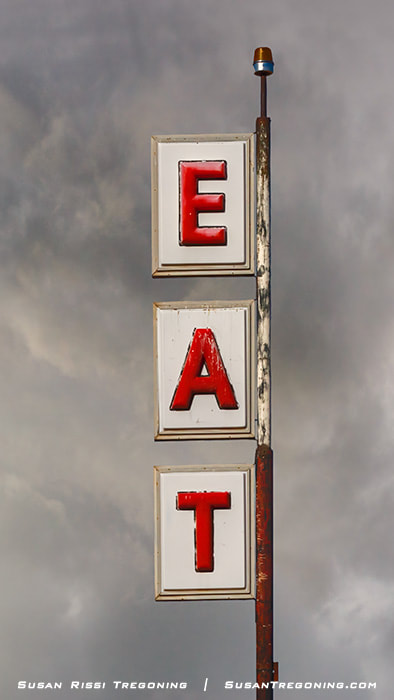
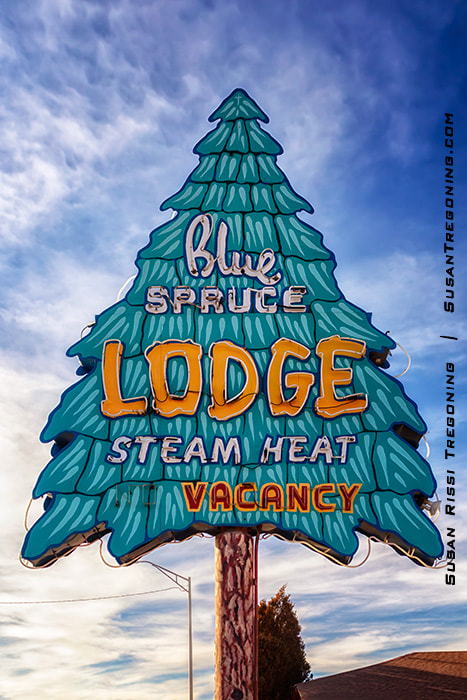
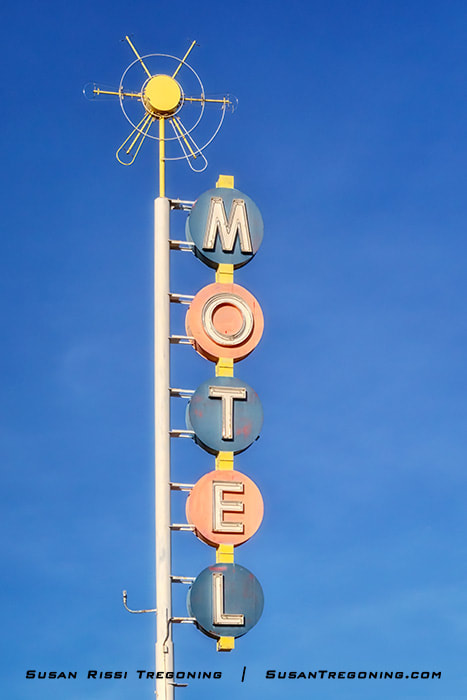


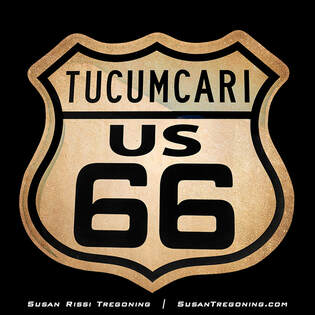

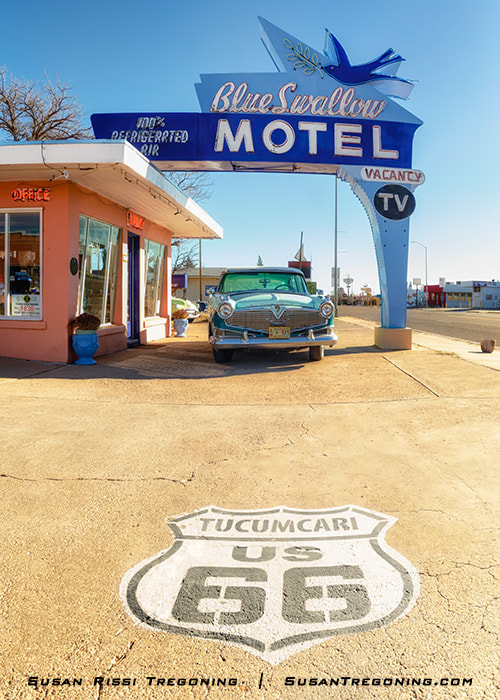







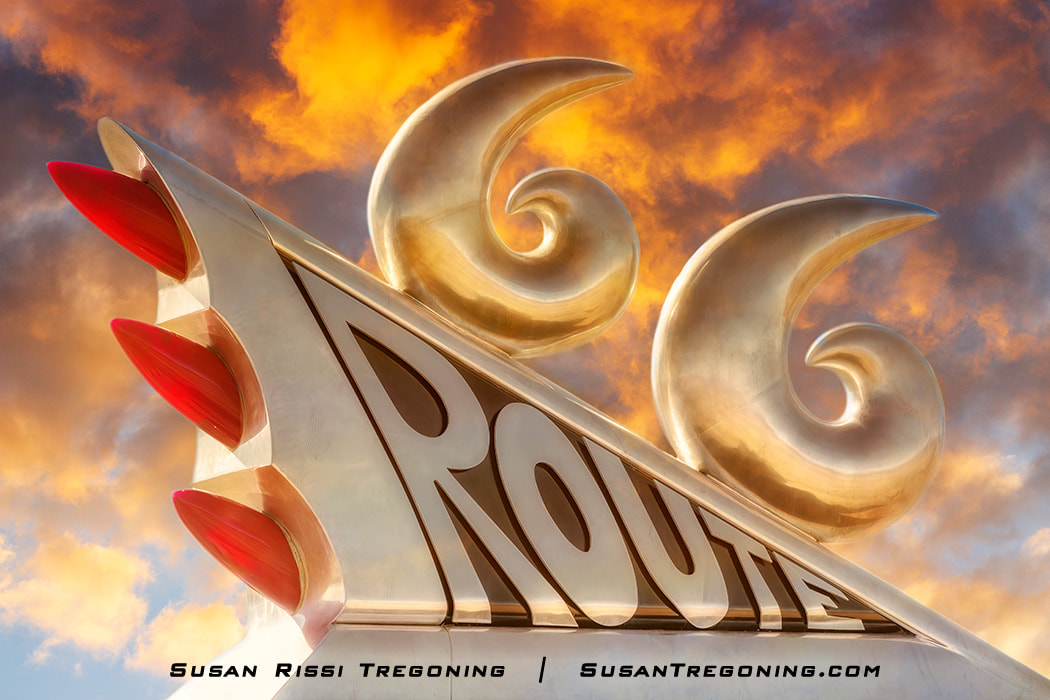


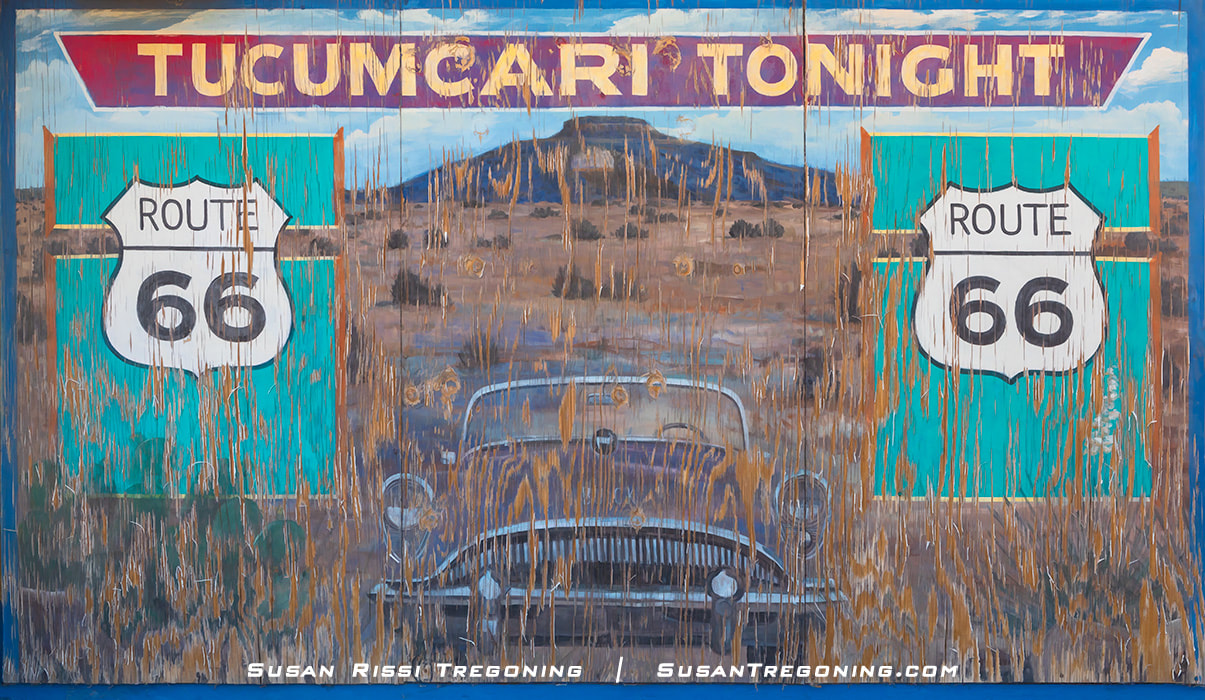
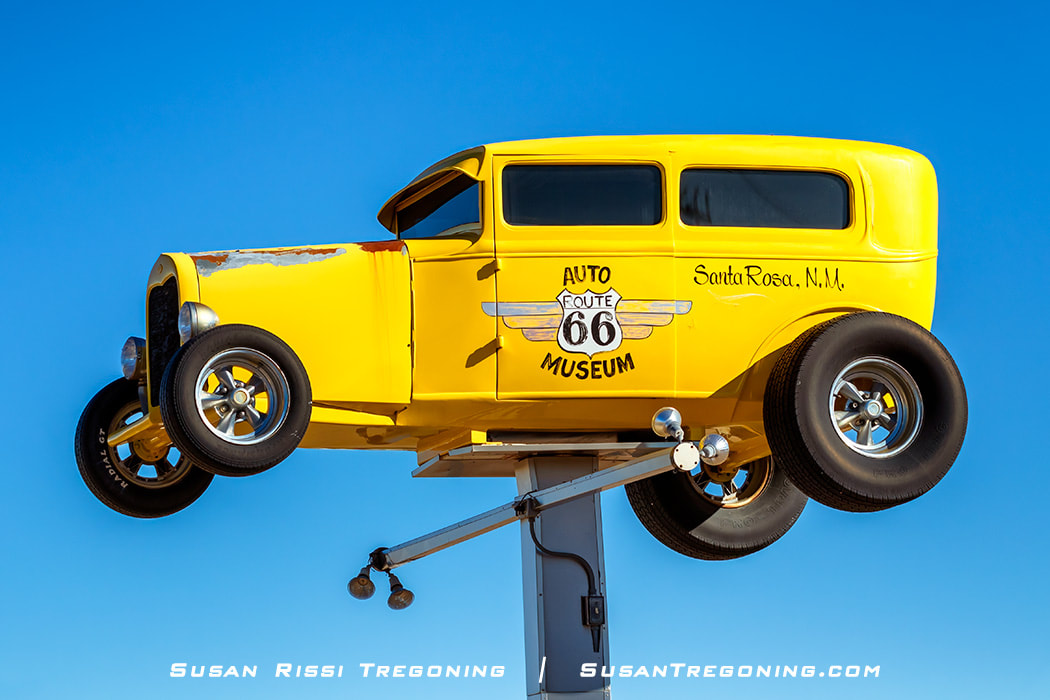

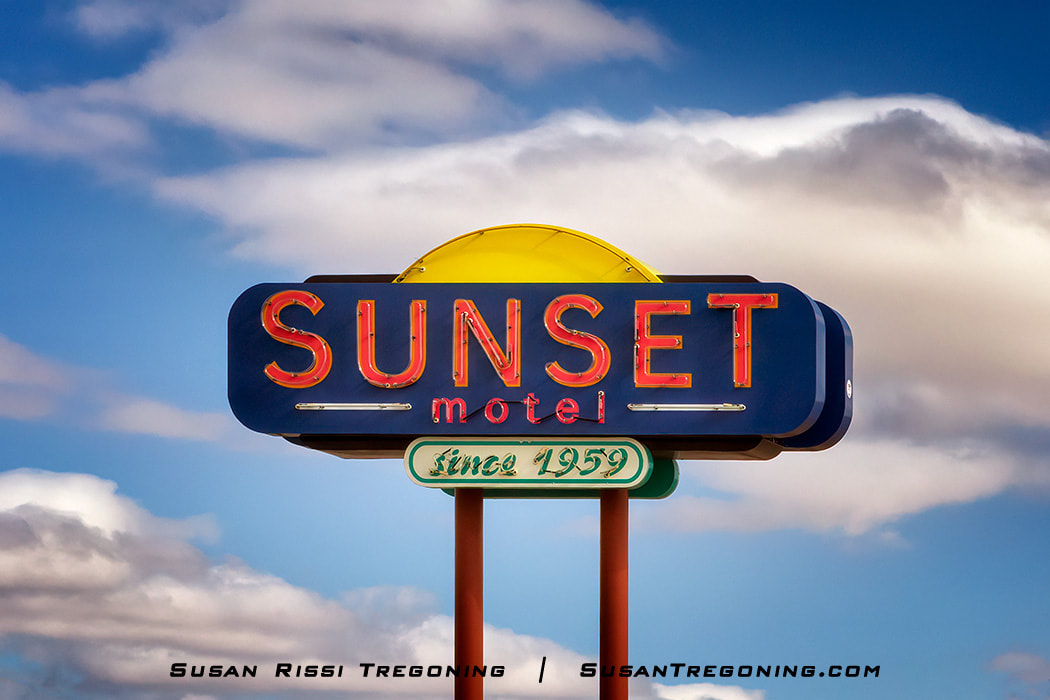

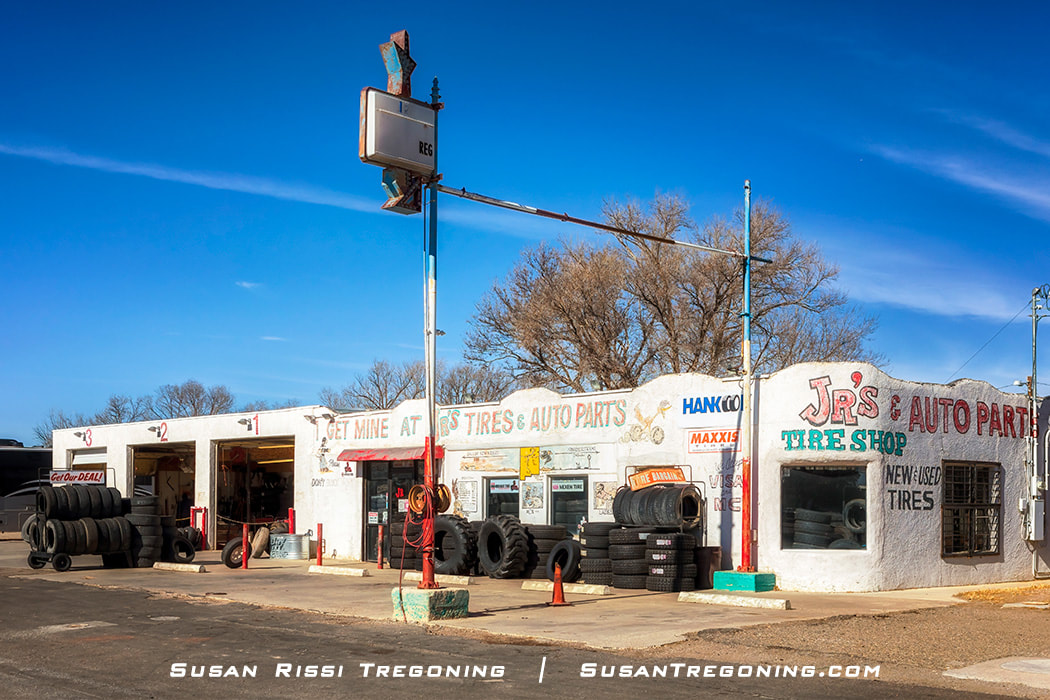

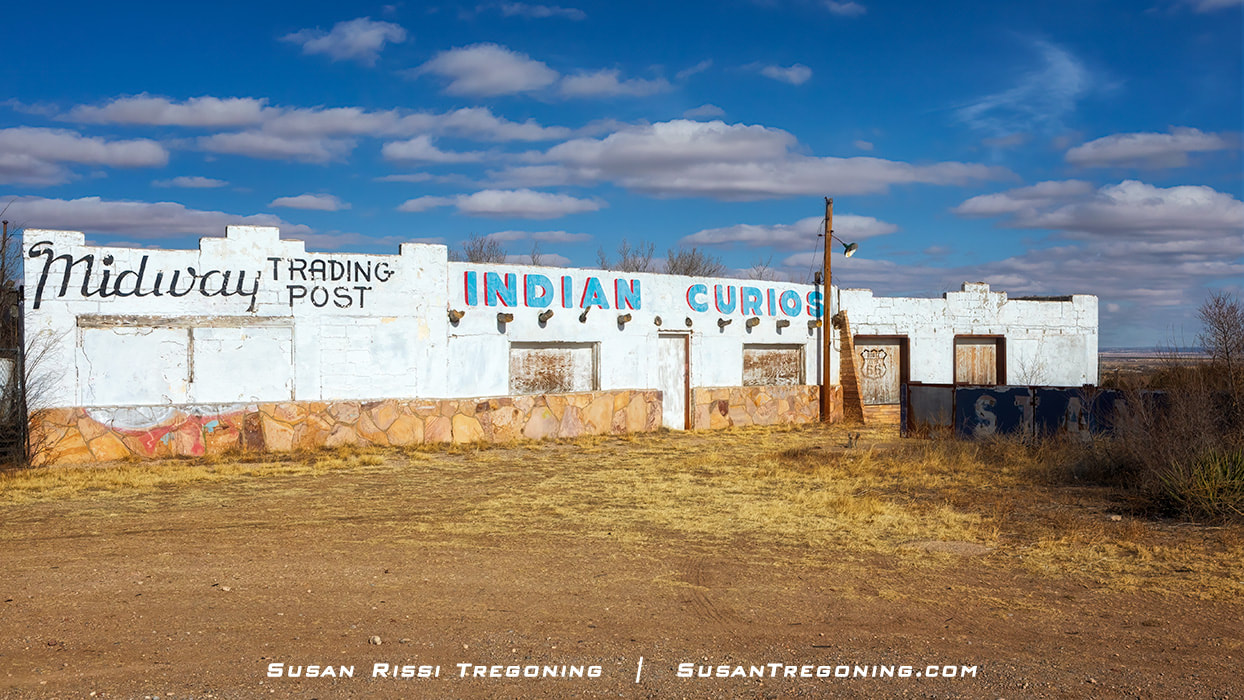
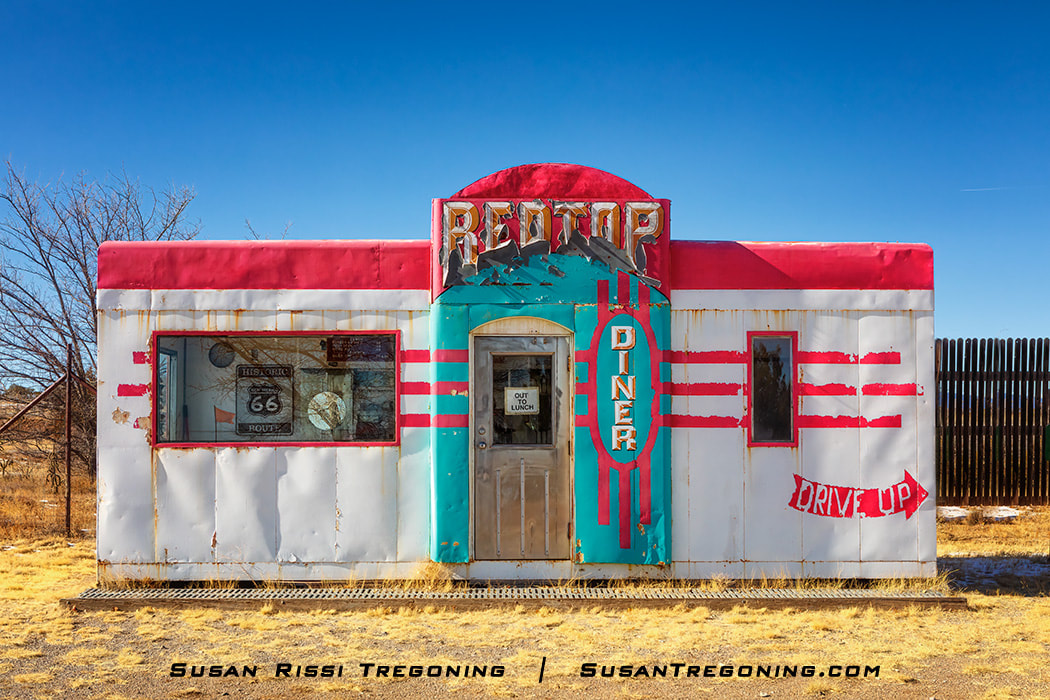

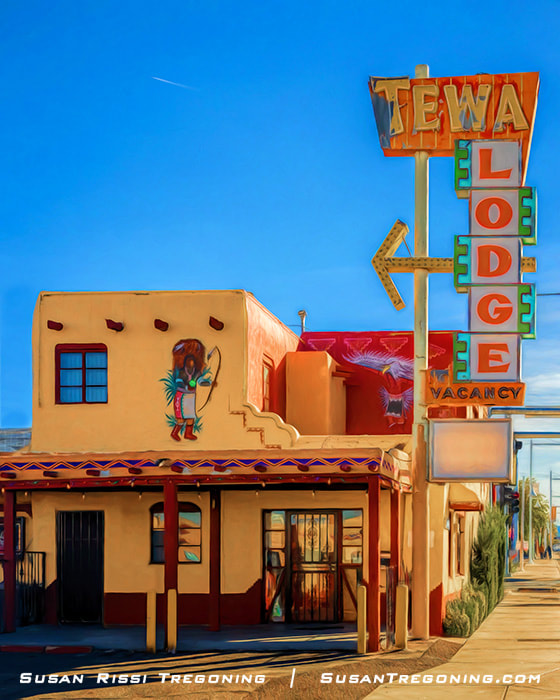


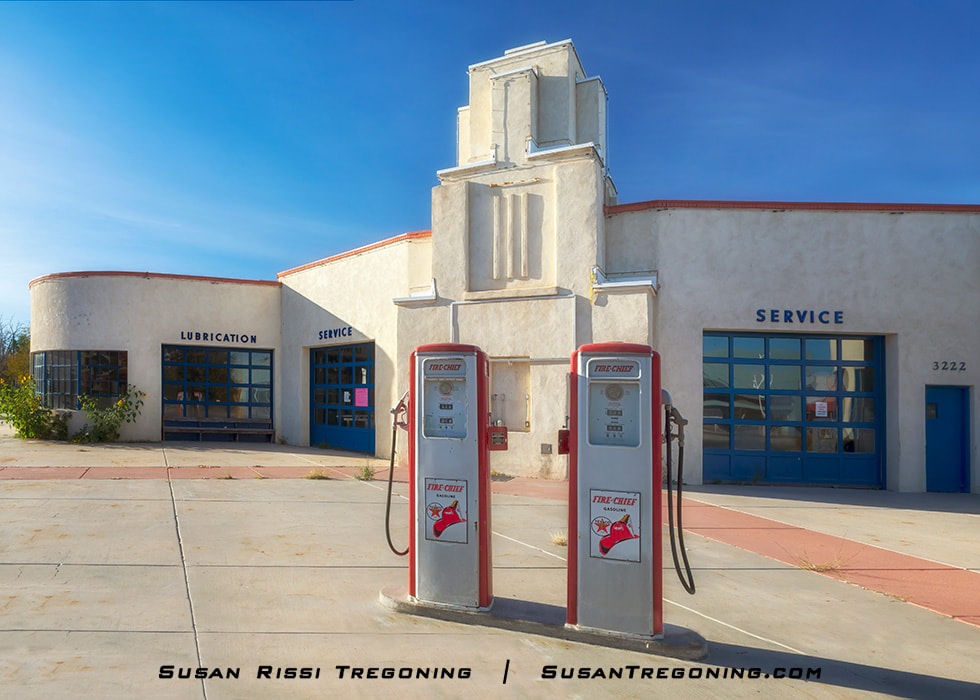
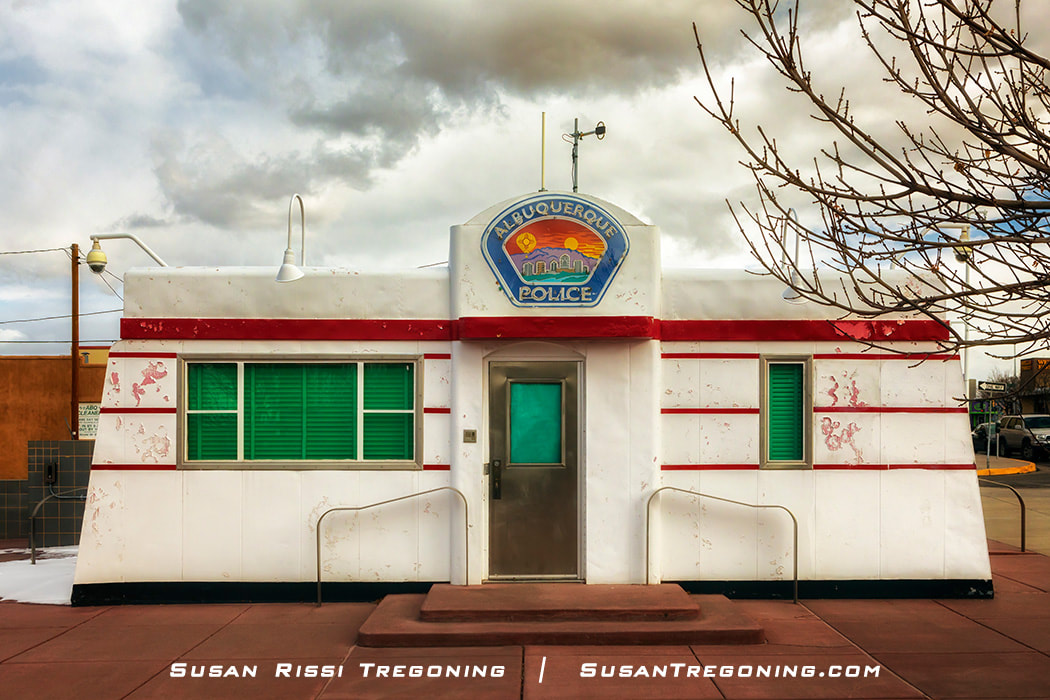
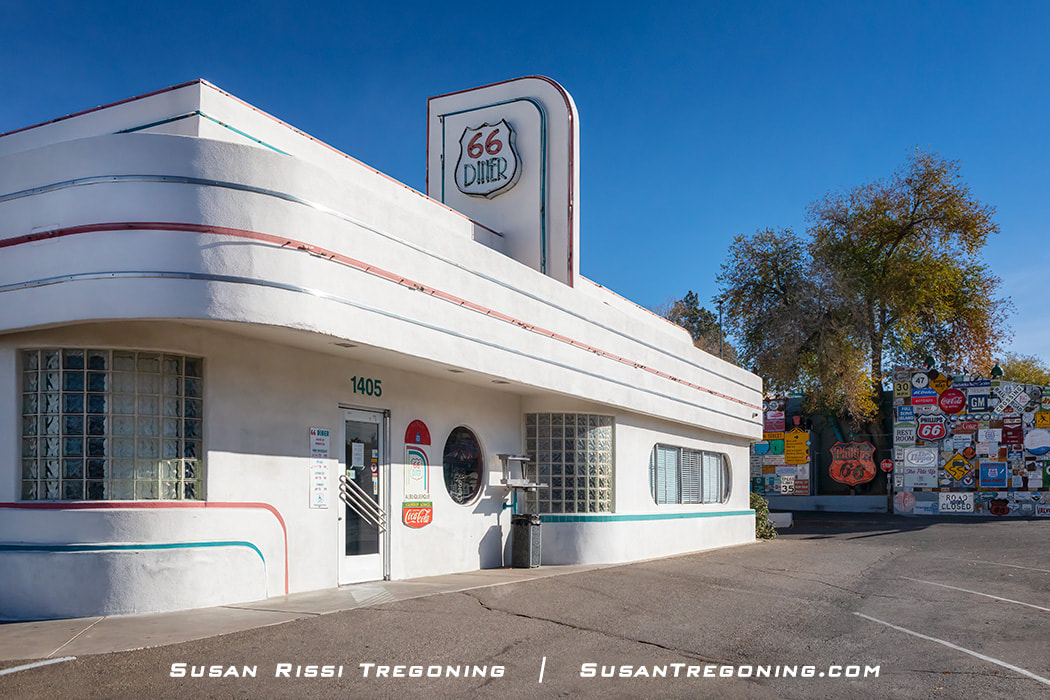
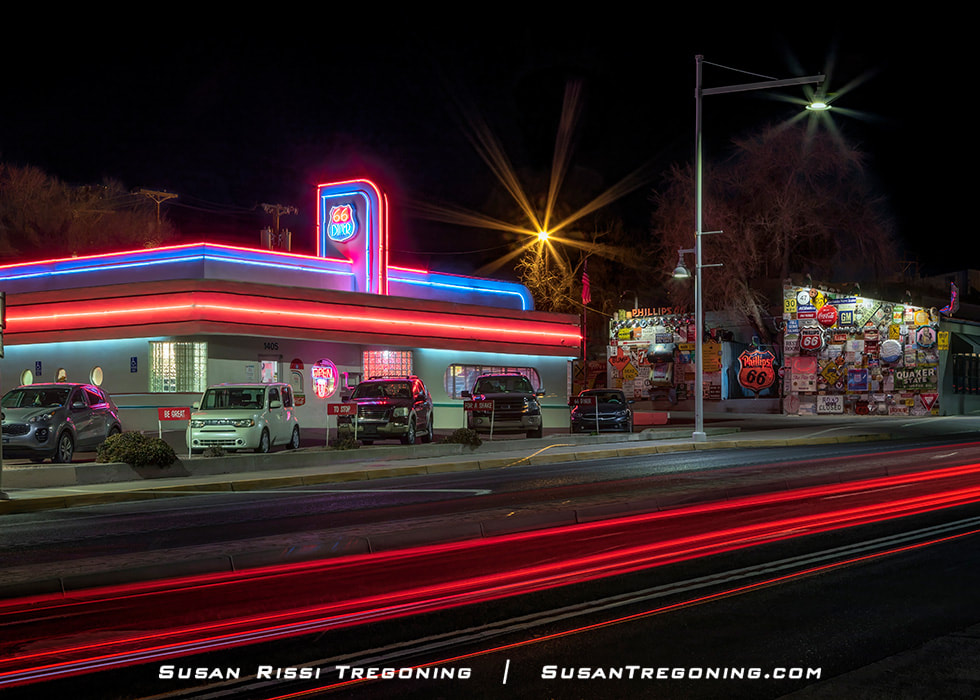
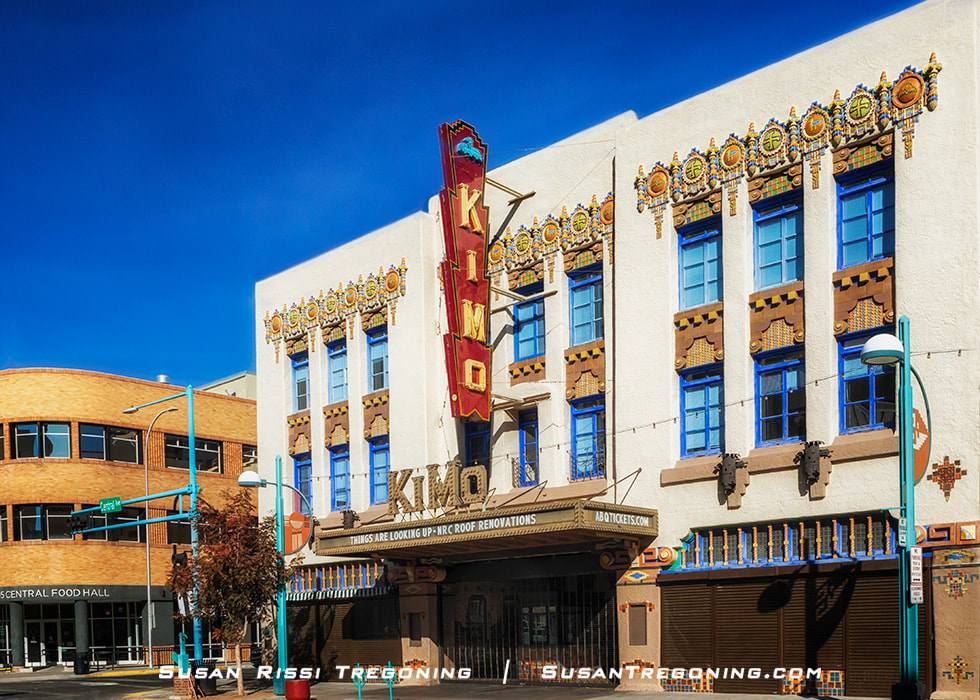
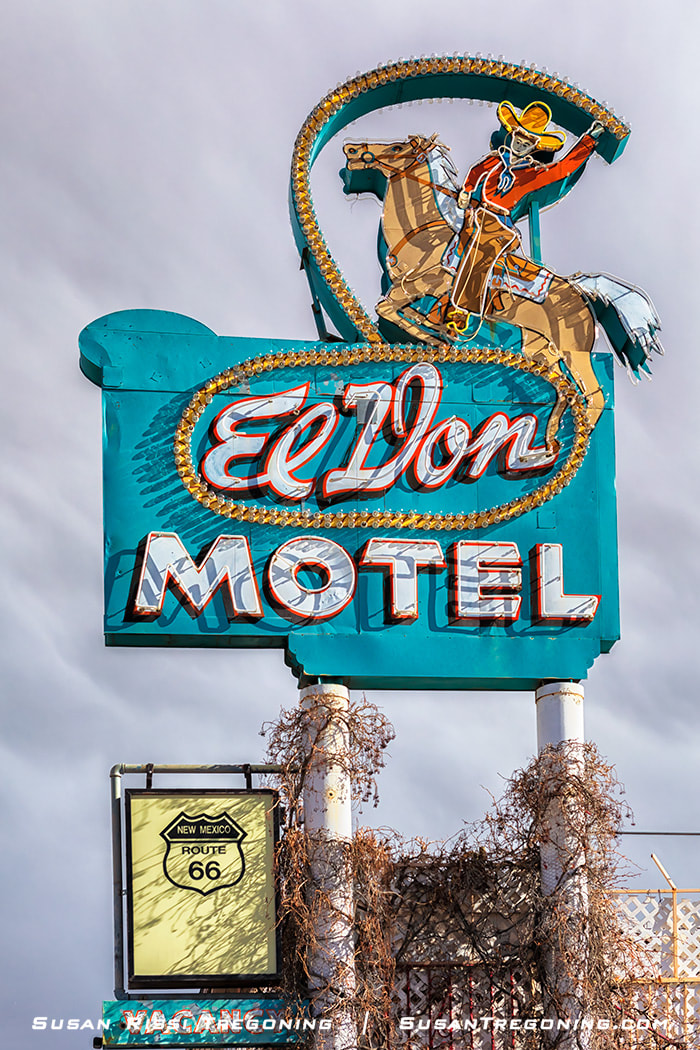
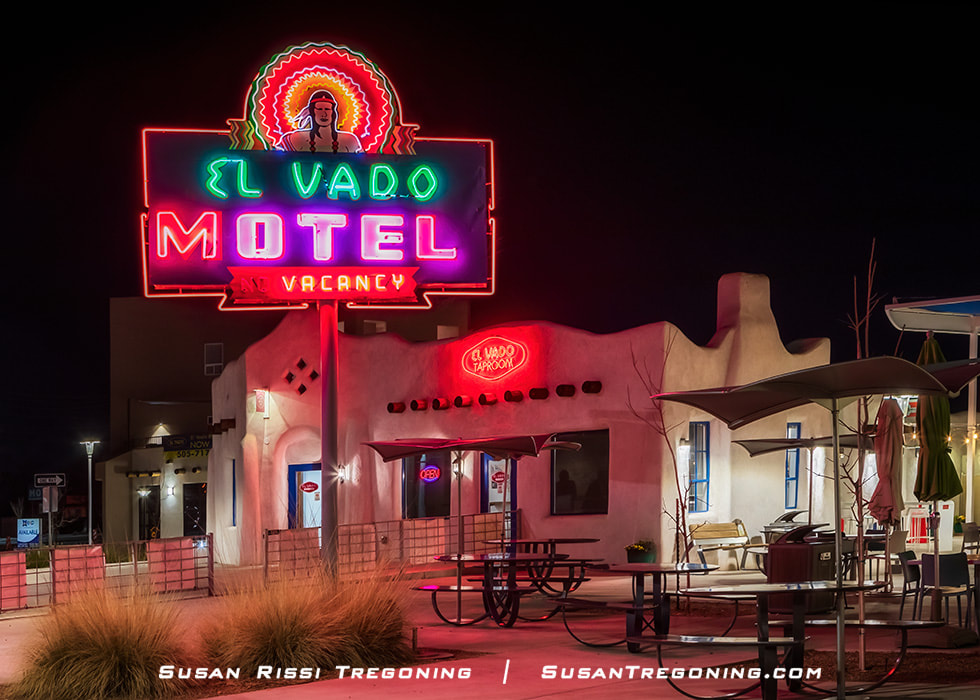

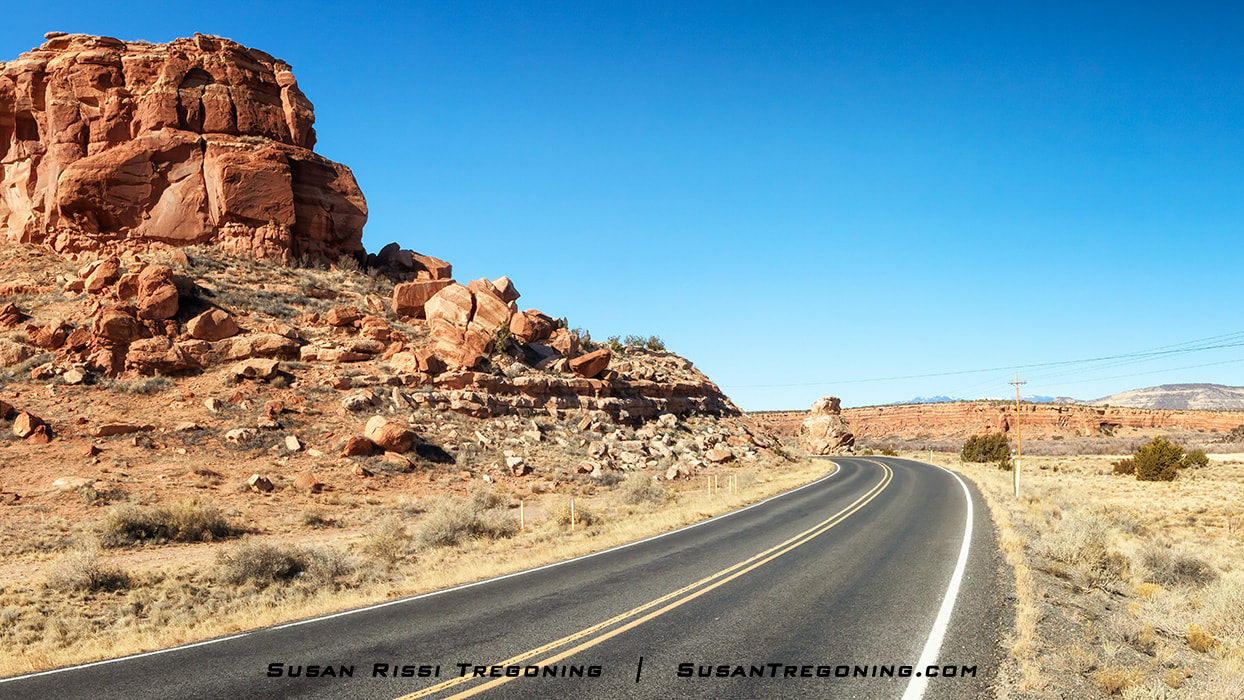
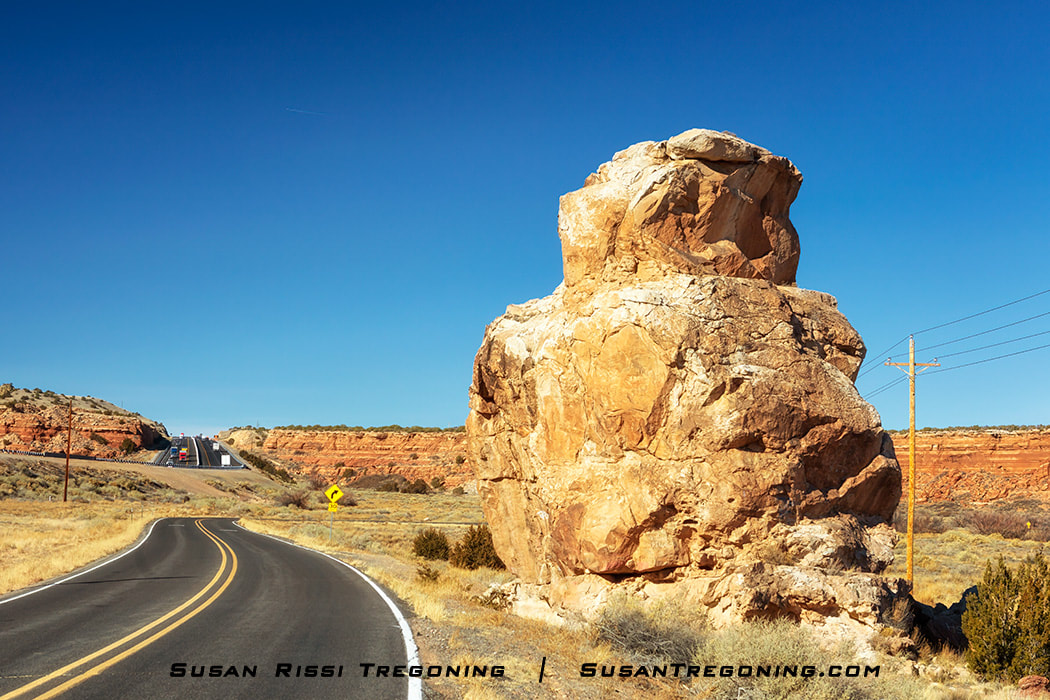
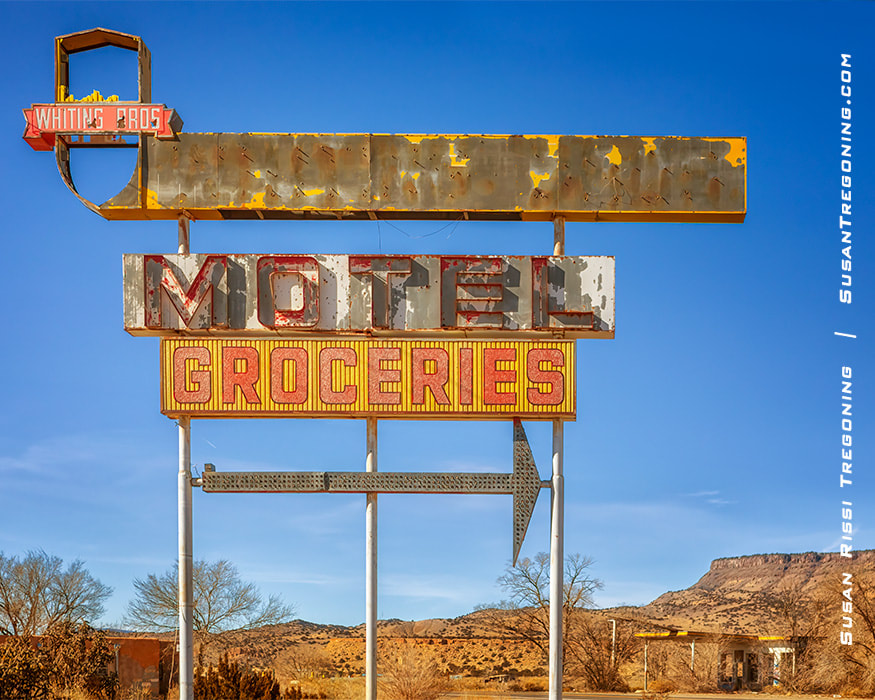


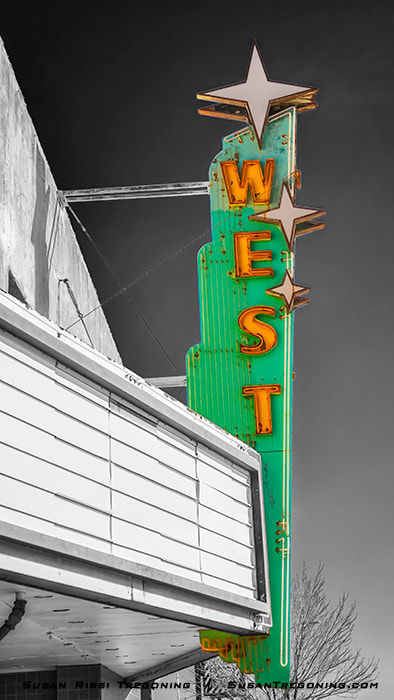
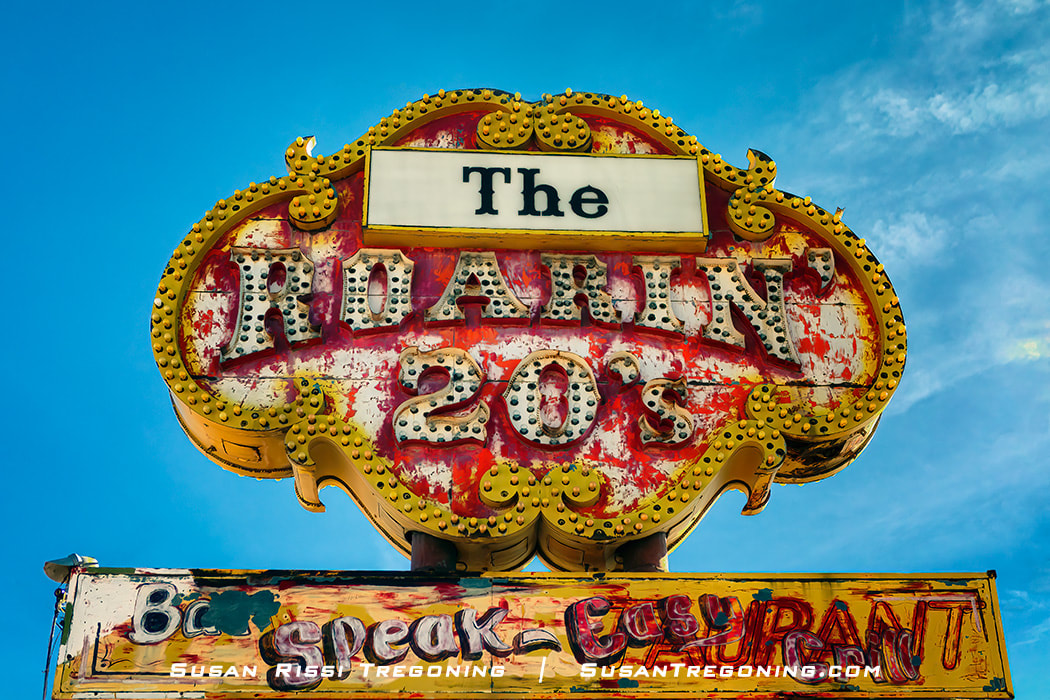

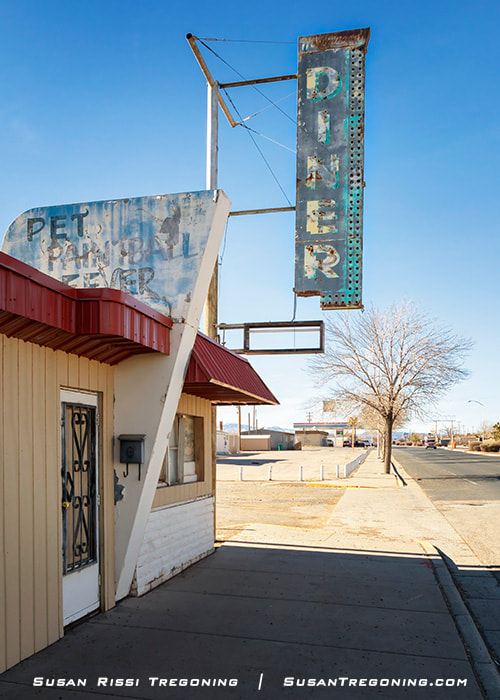
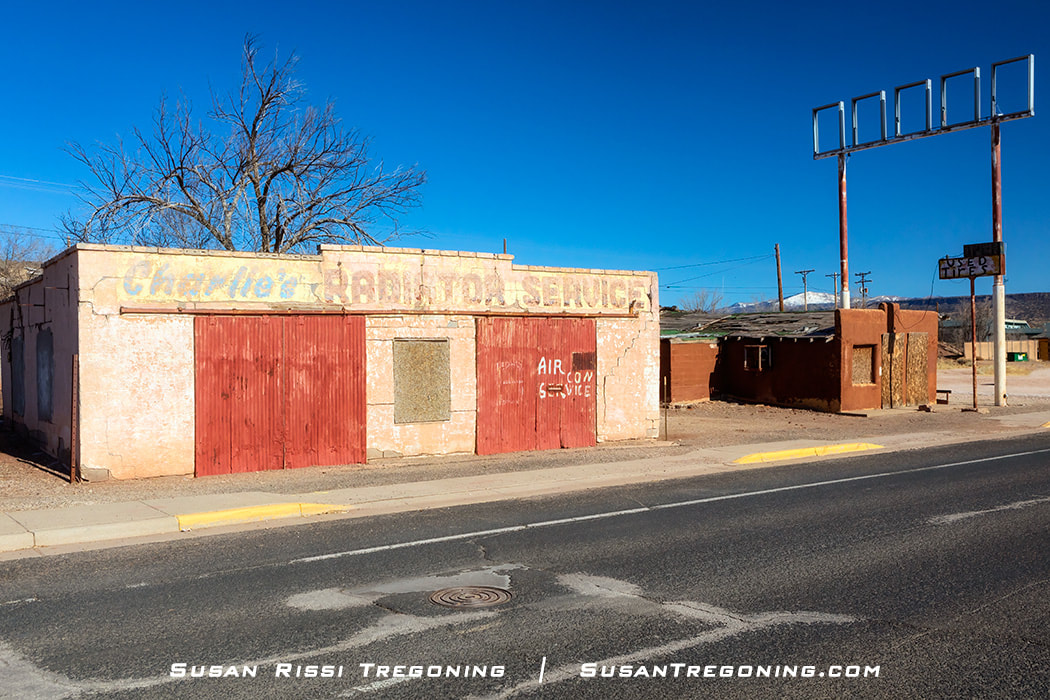
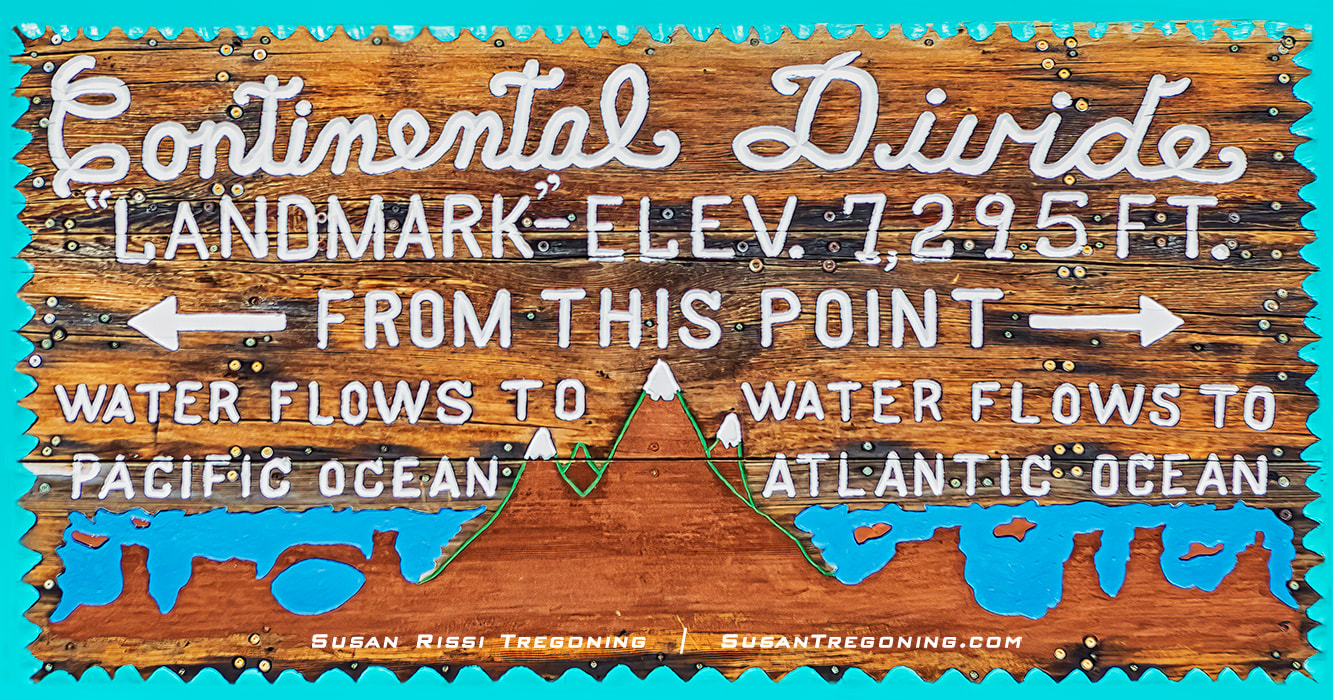

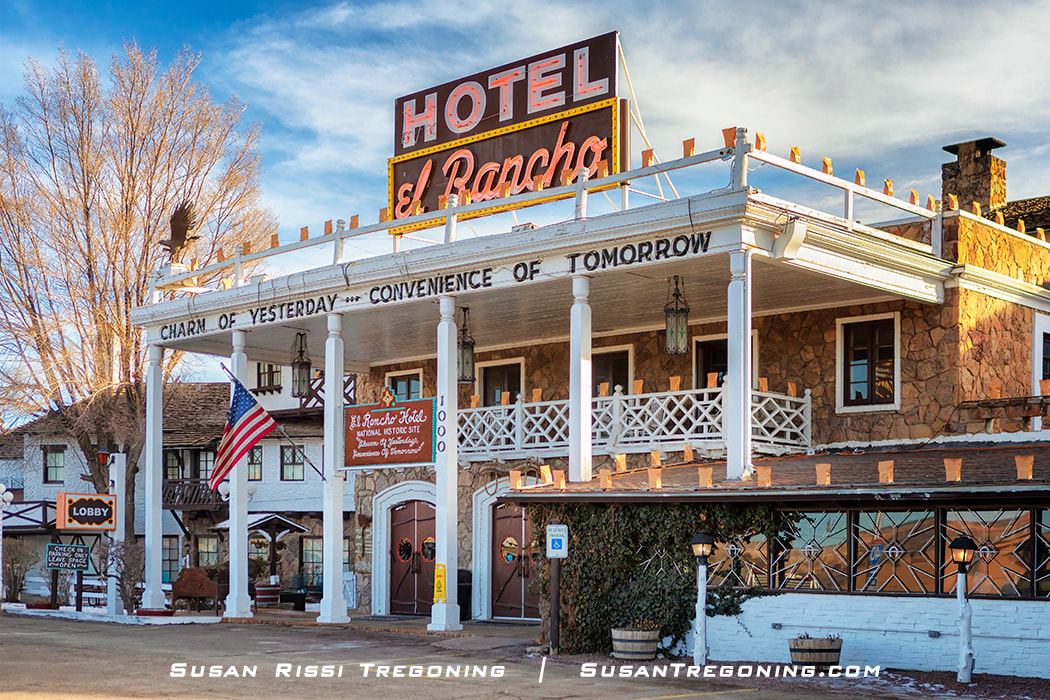
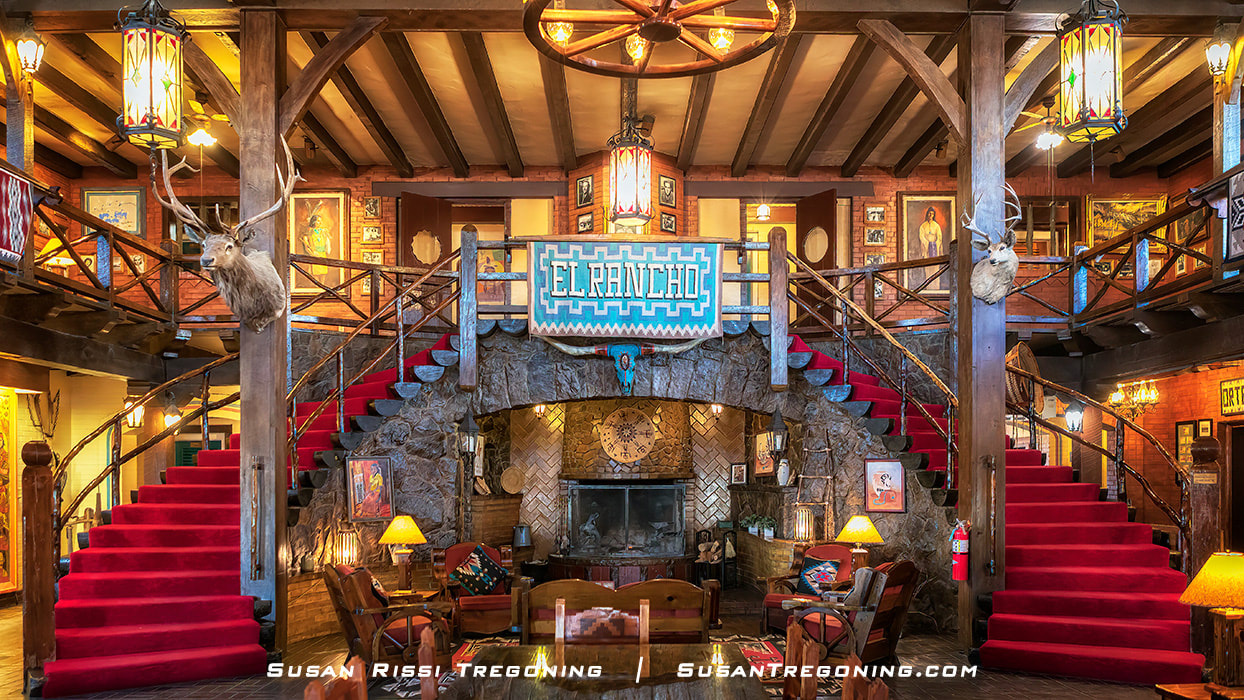
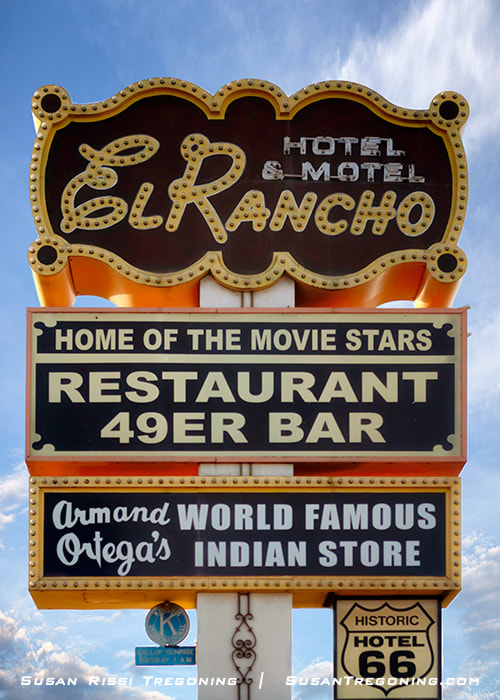
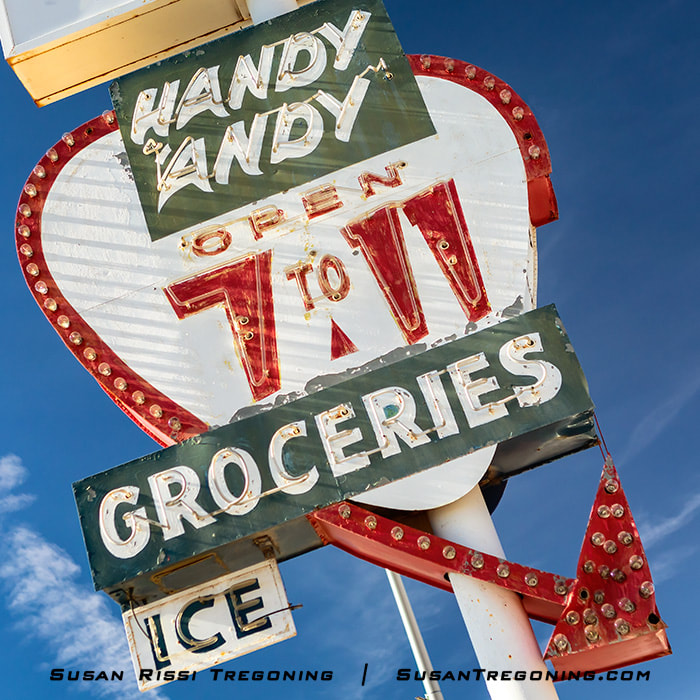


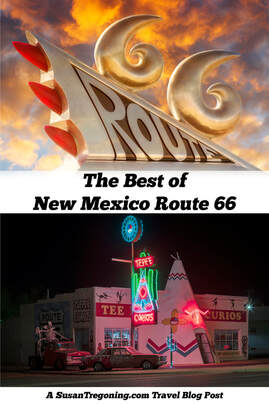
 RSS Feed
RSS Feed